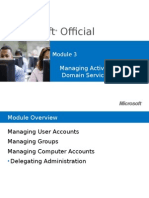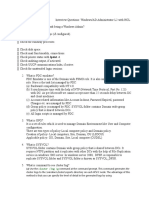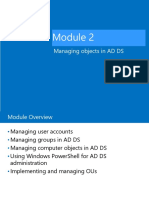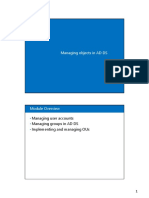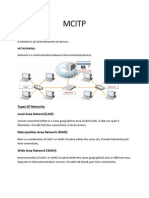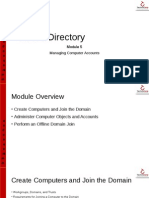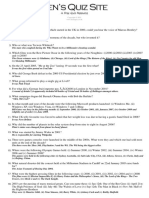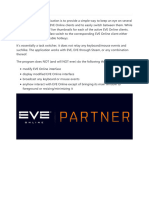0% found this document useful (0 votes)
287 views6 pagesObject Picker UI - Microsoft Learn
The document provides an overview of the Object Picker UI used in Windows 8.1 and Windows Server 2012 R2 for selecting various computer object types, such as users, groups, and computers, when configuring access and permissions. It details the different object types, their purposes, and examples of each, including built-in security principals and Active Directory Domain Services objects. The document also explains how to view and manage these objects through the local users and groups interface.
Uploaded by
AMANUALE DCopyright
© © All Rights Reserved
We take content rights seriously. If you suspect this is your content, claim it here.
Available Formats
Download as PDF, TXT or read online on Scribd
0% found this document useful (0 votes)
287 views6 pagesObject Picker UI - Microsoft Learn
The document provides an overview of the Object Picker UI used in Windows 8.1 and Windows Server 2012 R2 for selecting various computer object types, such as users, groups, and computers, when configuring access and permissions. It details the different object types, their purposes, and examples of each, including built-in security principals and Active Directory Domain Services objects. The document also explains how to view and manage these objects through the local users and groups interface.
Uploaded by
AMANUALE DCopyright
© © All Rights Reserved
We take content rights seriously. If you suspect this is your content, claim it here.
Available Formats
Download as PDF, TXT or read online on Scribd
/ 6






